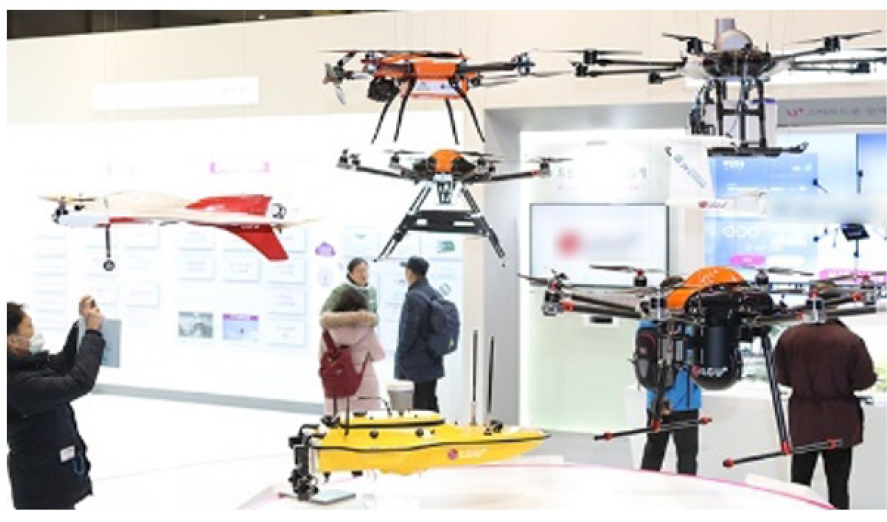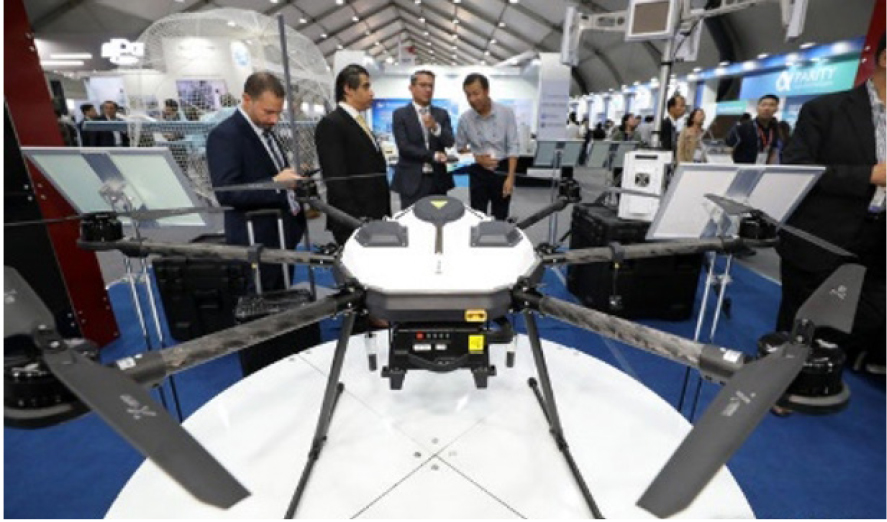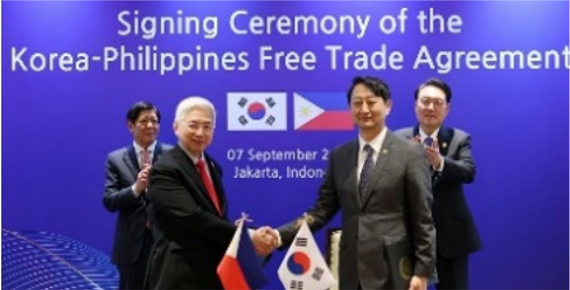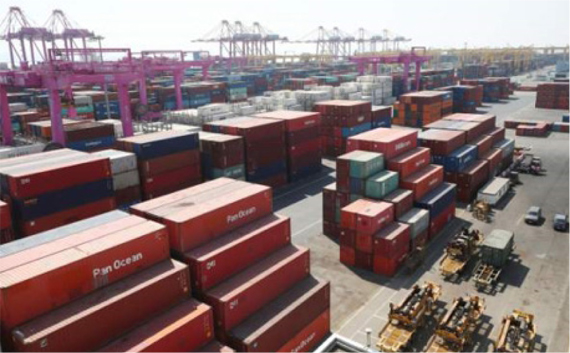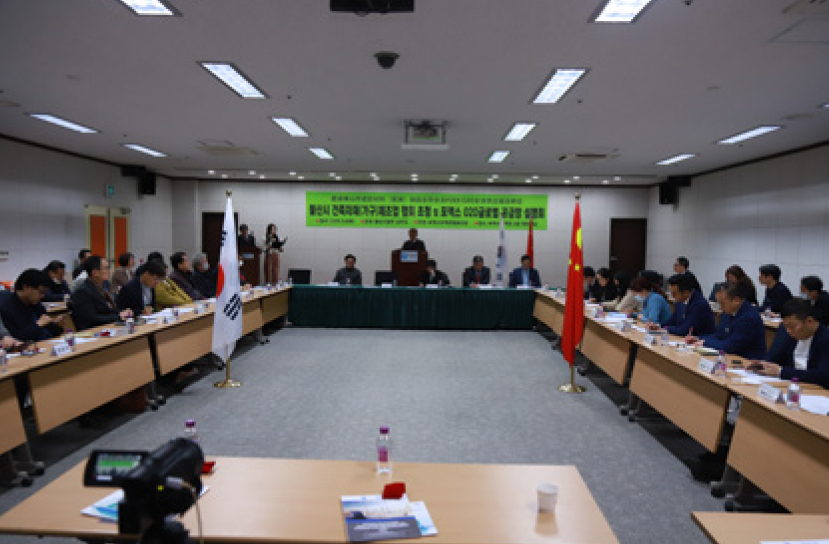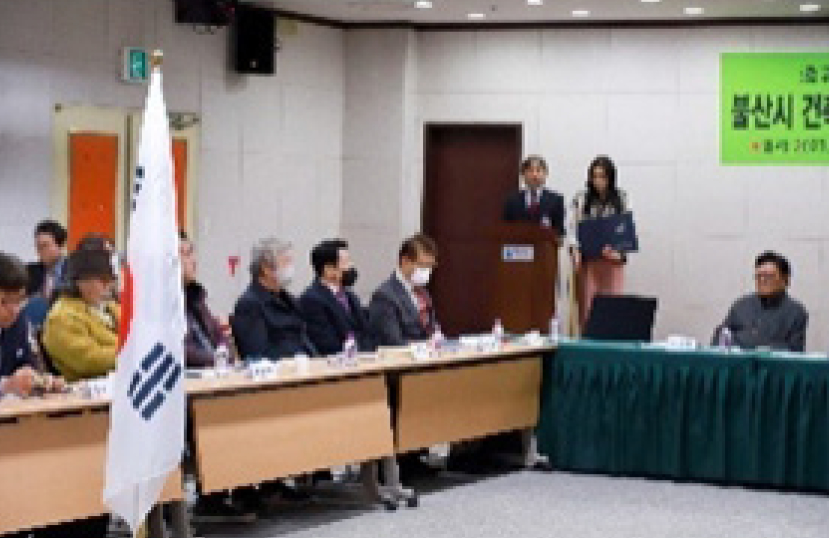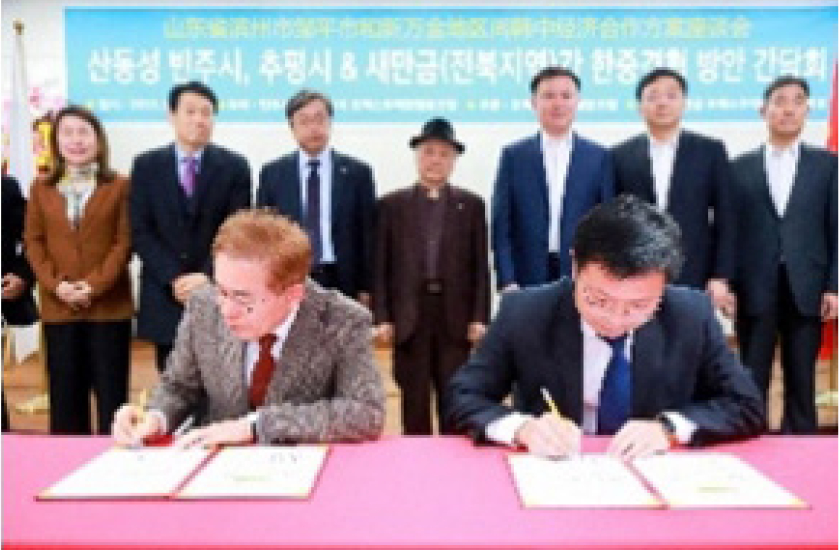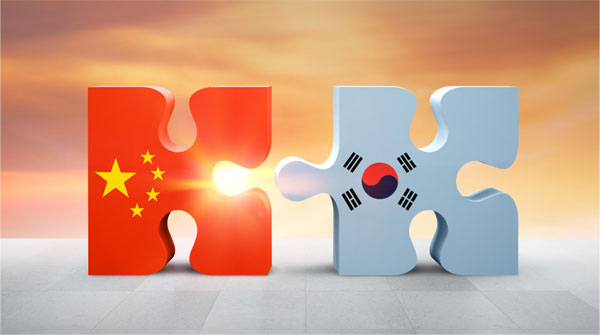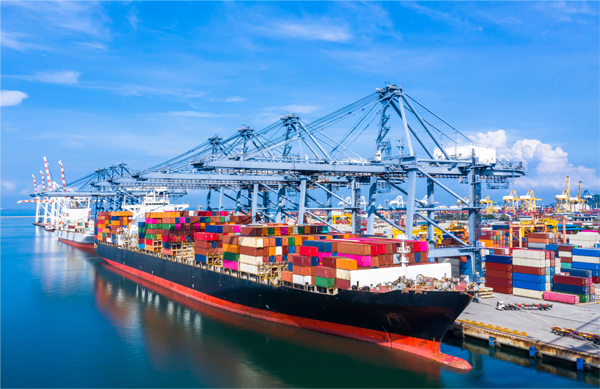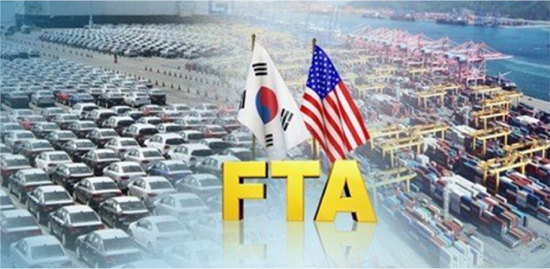Korea’s exports in March recorded $56.56 bn, a 3.1% increase compared to the same month of last year. The trade balance, which subtracts imports from exports, was calculated to be a surplus of $4.28 bn.
According to the export trends for March 2024 announced by the Ministry of Trade, Industry and Energy (MOTIE), exports in March increased by $1.44 bn compared to the same month of last year, continuing an increase for six consecutive months. MOTIE found it encouraging that exports continued to increase in spite of poor conditions, including reduced working days.
By item, exports of seven out of 15 major export items increased. In particular, IT items (semiconductors, displays, computers, and wireless communication devices) all recorded positive figures for the first time in 24 months since March 2022.
Semiconductor exports (+35.7%), the largest export item, recorded $11.7 bn, the highest performance in 21 months since June 2022 ($12.3 bn). Display (+16.2%) and computer SSD (+24.5%) exports also increased for eight and three consecutive months, respectively. Exports of wireless communication devices (+5.5%) broke the negative trend that had lasted for three months and turned positive.
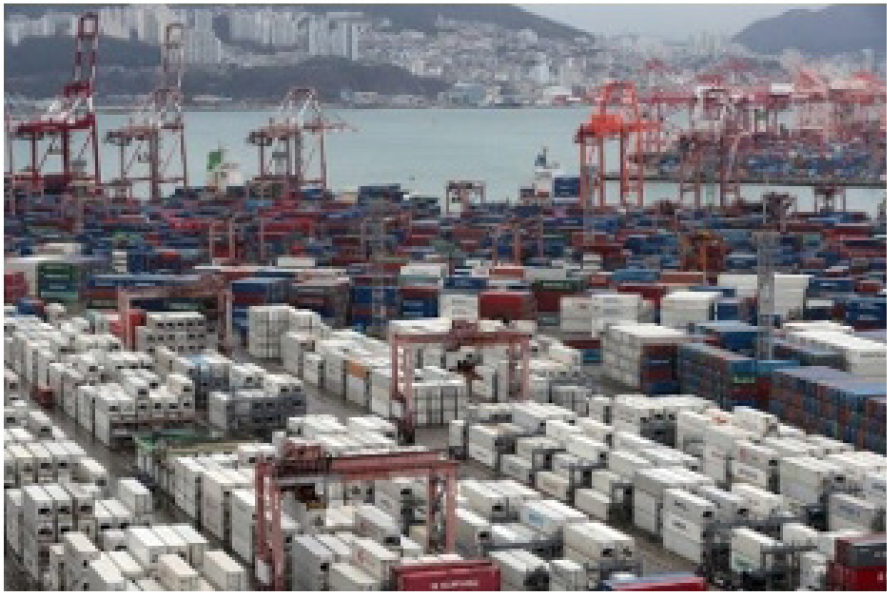
Ship exports increased by 102.1%, continuing a positive trend for eight consecutive months. The future outlook for the shipbuilding industry is bright as exports of high-value-added vessels such as container ships and LNG carriers are showing strong growth, and exports of offshore plants are also continuing. Bio-health exports also increased by 10%, continuing a positive trend for five consecutive months.
On the other hand, there was a decline in exports of automobiles (-5.0%) and general machinery (-10.0%), which are directly affected by the number of operating days.
By region, exports increased in three regions: the United States, China, and Central & South America. Export amounts to the United States amounted to $10.91 bn, ranking first among all March records. Exports to the United States continued to increase for eight consecutive months.
Exports to China amounted to $10.52 bn, an increase of 0.4% compared to the same month of last year.
The trade balance in March recorded a surplus of $4.28 bn, maintaining a surplus for 10 consecutive months. Exports in the first quarter amounted to $163.7 bn, an increase of 8.3% compared to the same period of last year. However, it did not exceed the export amount of $173.4 bn recorded in 2022.
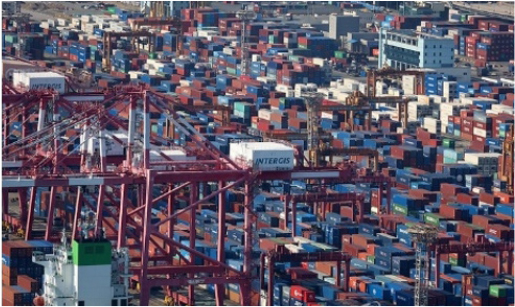
korean-electronics.com | Blog Magazine of korean electronics, brands and Goods

